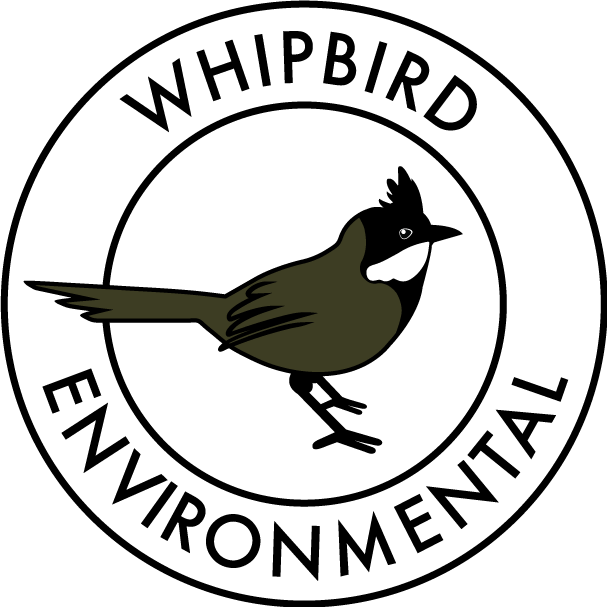Melaleuca hypericifolia (Hillock Bush or Red-Flowered Paperbark) Australian Native Plant Profile
Melaleuca hypericifolia flowering near Vincentia, NSW. Photo by Jeff Harbrow
Description
Melaleuca hypericifolia is a medium to large shrub displaying large red bottlebrush-like flowers in spring and summer. It tends to have a weeping habit and there are some prostate forms available through commercial nurseries. Quite an ornamental species, it makes a great addition in coastal gardens as it is well suited to these conditions and can handle the wind and salt spray well.
Growing Conditions
Found primarily in sandy heath and sclerophyll woodlands on coastal headlands it is well suited to exposed and harsh conditions. Although it is found in these tough coastal conditions it is able to adapt well to a variety of conditions including growing well in large containers. It can tolerate full sun to part shade, although typically flowering is better in sunnier positions.
Habitat Value
As with other melaleucas, Hillock Bush is an excellent species for nectar feeding fauna. It also provides good vegetation cover for smaller birds and mammals. Prostrate forms get quite dense and would be good shelter for a variety of fauna.
Uses
Environmentally, Melaleuca hypericifolia is a great species for use in coastal heath plantings. It is a relatively fast growing species and provides good nectar sources within a short time period from planting. Care needs to be taken that this species isn’t used as a substitute for other local melaleucas and callistemons as it’s less widespread than other species and its environmental uses in the Illawarra and Shoalhaven are limited to specific vegetation types found generally around coastal areas.
In the Garden Hillock Bush's long flowering period coupled with its relatively compact size and large flowers make it an ideal nectar plant for smaller gardens. It’s a great selection for coastal gardens as well because it has adapted to the harsh conditions of coastal growing.
Propagation
Melaleuca hypericifolia strikes readily from cuttings and has good germination rates from seed. As usual, cutting grown plants are not suitable for revegetation work but are good for replicating specimens for gardens with specific traits such as low growth or prolific flowering.
You might also like:
Lambertia formosa (Mountain Devil)
Banksia integrifolia (Coastal Banksia)
Further Reading:
https://finder.growingillawarranatives.org/plants/plant/315
https://plantnet.rbgsyd.nsw.gov.au/cgi-bin/NSWfl.pl?page=nswfl&lvl=sp&name=Melaleuca~hypericifolia

